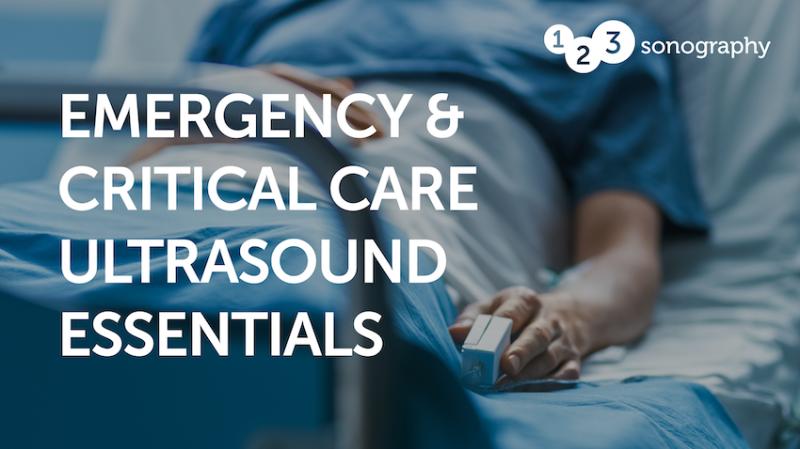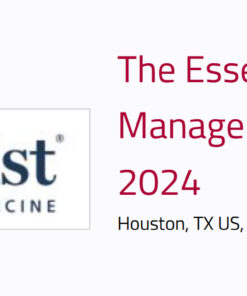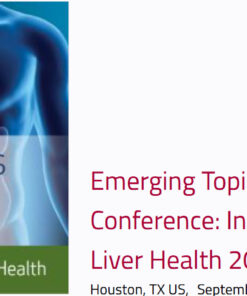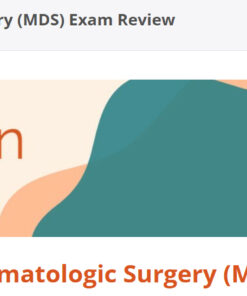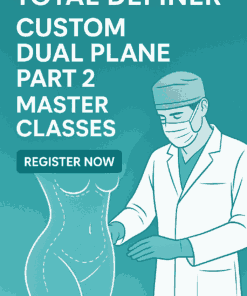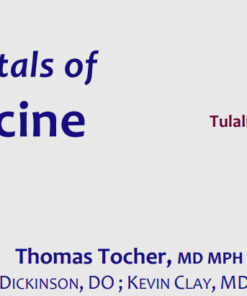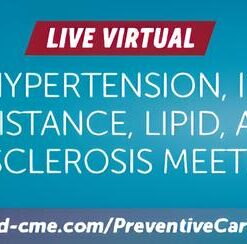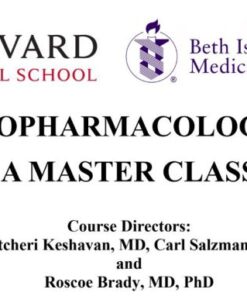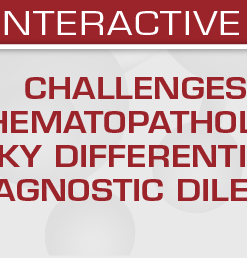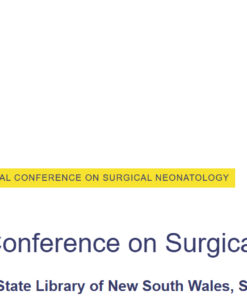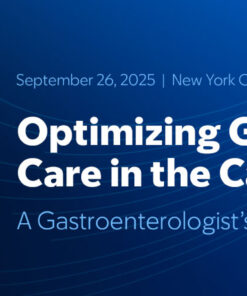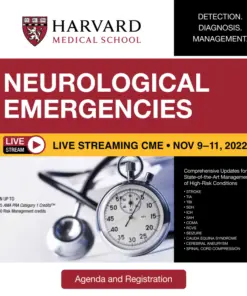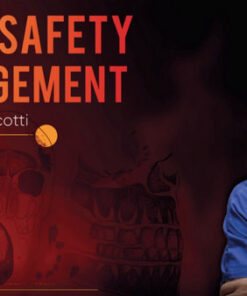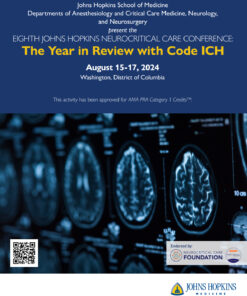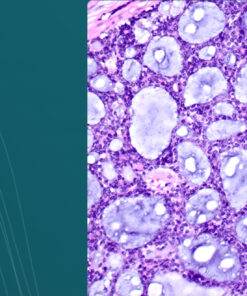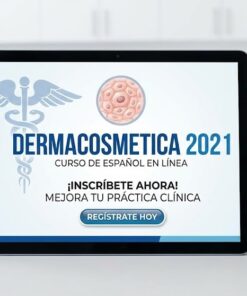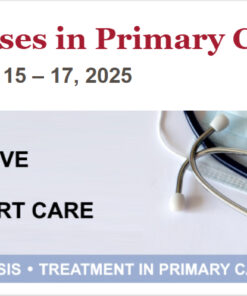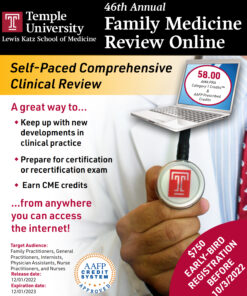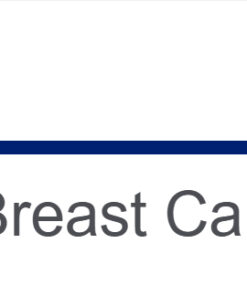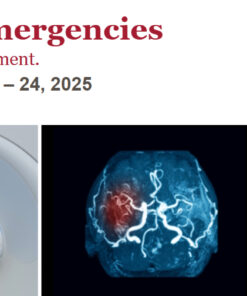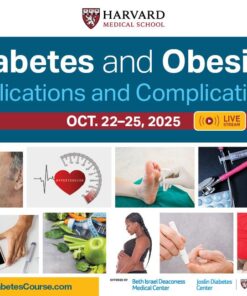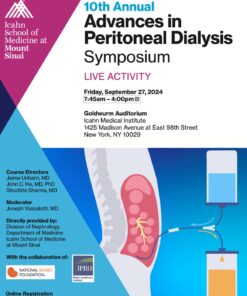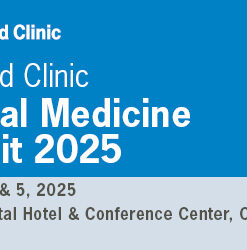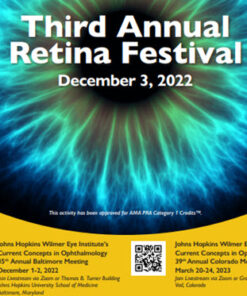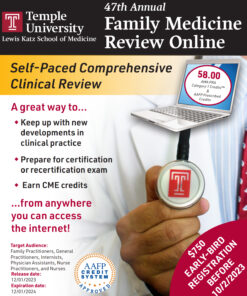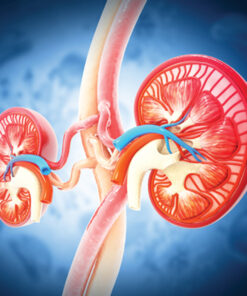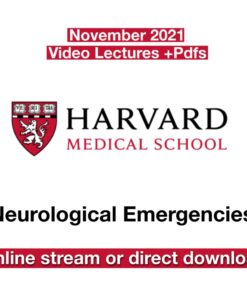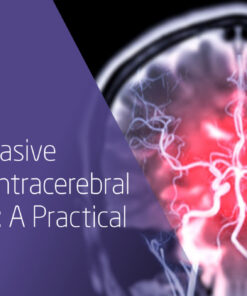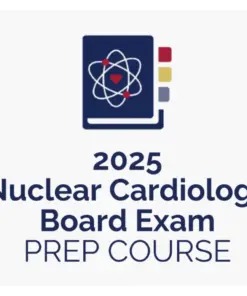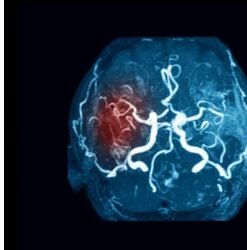123sonography Emergency and Critical Care Ultrasound Essentials 2023
300 $
Delivery time: Maximum to 1 hours
Format : 23 MP4 + 7 PDF Quiz files
File Size : 6.79 GB
This course teaches point-of-care ultrasound in emergency settings, covering topics such as shock, resuscitation, acute coronary syndromes, and trauma. It includes 5+ hours of video content, demos, cases, and MCQ questions.
123sonography Emergency and Critical Care Ultrasound Essentials 2023
After completing this course, you will be able to perform point-of-care ultrasound in the ED, ICU, and master critical situations, as well as diagnose the most common and life-threatening conditions you may encounter in emergency settings. The course is full of tips and tricks of our experienced faculty and provides 5+ hours of high-quality video content, demos, cases and MCQ questions. The following topics are covered:
Ultrasound imaging has revolutionized the way medical professionals diagnose conditions and manage patients. This technology has rapidly gained popularity in the emergency department (ED) and intensive care unit (ICU), as it enables healthcare providers to make quick and accurate diagnoses. However, it can be challenging to master point-of-care ultrasound, especially in critical situations. That’s why a comprehensive educational resource is needed to help clinicians learn this essential skill.
The course “Point-of-Care Ultrasound in Emergency Settings” is an excellent resource for clinicians who want to learn how to perform ultrasound imaging in the ED and ICU. With over 5 hours of high-quality video content, demos, cases, and MCQ questions, the course covers the most common and life-threatening conditions that clinicians may encounter in emergency settings.
The course’s faculty comprises experienced clinicians who have a wealth of knowledge in emergency medicine and ultrasound imaging. You will learn their tips and tricks for performing point-of-care ultrasound and diagnosing conditions such as shock/hypotension, resuscitation, acute coronary syndromes, aortic dissection/rupture, heart failure, pericardial effusion/tamponade, pneumothorax, pulmonary embolism, pleural effusion, DVT, trauma, abdominal pain, and bleeding.
The course is broken down into several chapters, namely Introduction, Heart, Lung, Aorta, Pulmonary Embolism – DVT, Clinical EFAST in Abdominal Pain, Hypotension, Shock, and Syncope. Each chapter covers a range of topics, providing a complete and comprehensive learning experience. For example, the Heart chapter covers various topics such as LV function, pericardial effusion, and tamponade. In comparison, the Lung chapter covers topics such as pneumothorax and pleural effusion. By the end of the course, you will have gained expert knowledge in point-of-care ultrasound imaging and will be able to apply it confidently in emergency settings.
The course follows a structured approach, with each chapter building on previous knowledge. The material is presented in a clear and concise manner, making it easy to understand. The course includes demonstrations that help to reinforce the concepts taught, making it engaging and interactive. You can also test your knowledge with MCQ questions at the end of each chapter, making it a perfect tool for self-directed learning.
The “Point-of-Care Ultrasound in Emergency Settings” course is an excellent resource for physicians, nurses, and other healthcare providers who want to improve their skills in ultrasound imaging. By completing the course, you will be able to make quick and accurate diagnoses in emergency settings, thus improving patient outcomes and quality of care.
In conclusion, suppose you are a healthcare provider looking to improve your skills in point-of-care ultrasound imaging. In that case, “Point-of-Care Ultrasound in Emergency Settings” is the tool for you. With its comprehensive content, experienced faculty, and structured approach, this course will provide you with everything you need to become an expert in point-of-care ultrasound imaging. Order now and take the first step towards improving your skills and enhancing your career.
Product Details
After completing this course, you will be able to perform point-of-care ultrasound in the ED, ICU, and master critical situations, as well as diagnose the most common and life-threatening conditions you may encounter in emergency settings. The course is full of tips and tricks of our experienced faculty and provides 5+ hours of high-quality video content, demos, cases and MCQ questions. The following topics are covered:
CHAPTERS
INTRODUCTION
HEART
LUNG
AORTA
PULMONARY EMBOLISM – DVT
CLINICAL EFAST IN ABDOMINAL PAIN
HYPOTENSION, SHOCK AND SYNCOPE




